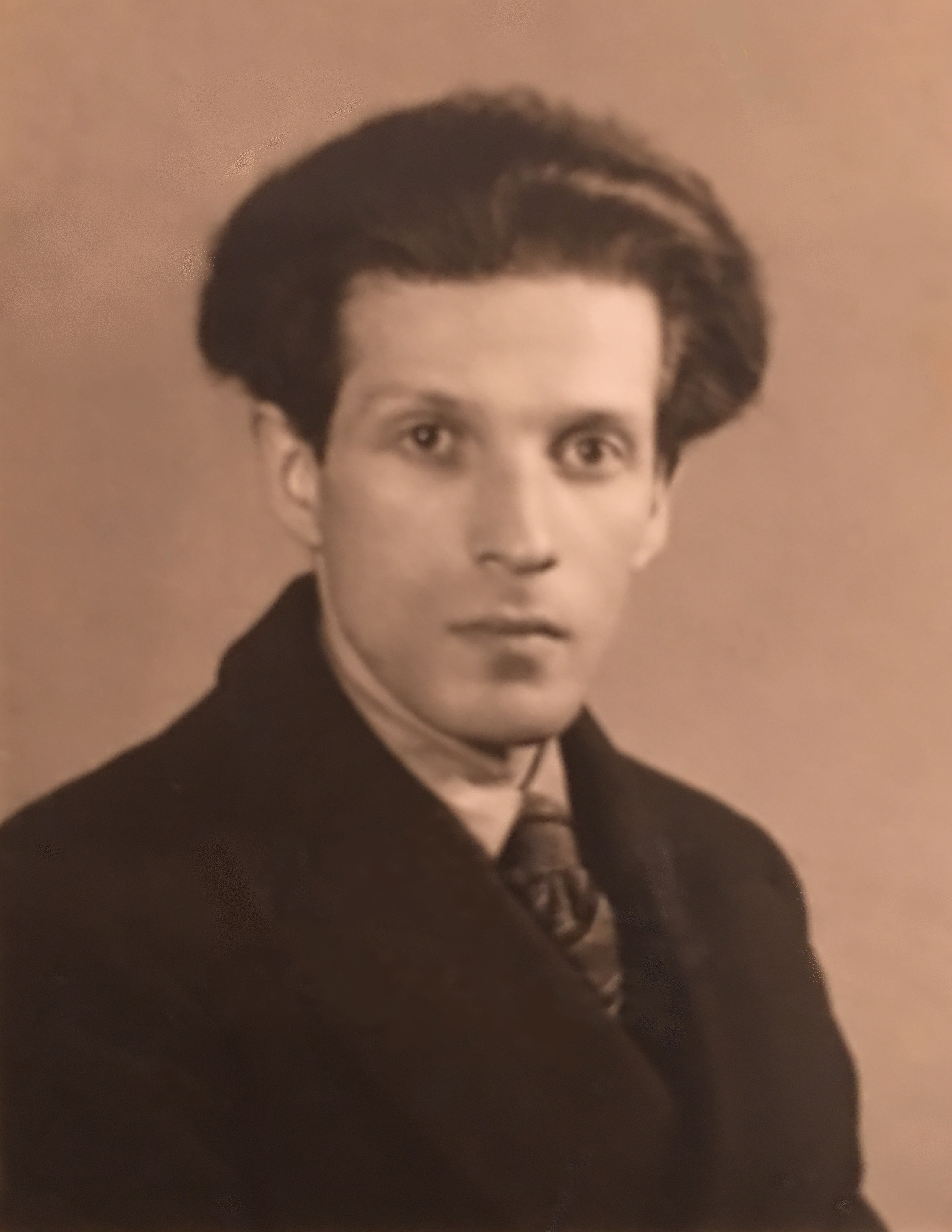

 |
 |
Jacob Mącznik was a highly esteemed young artist in the latter years of the École de Paris, arguably its rising star.
The École de Paris was flourishing and lively when it was devastated by the Nazis during
the late 1930s and very early 1940s, its true essence never again to be restored.
Devastation included murder of scores of European artists and destruction of vast numbers
of their works. Among those Paris artists murdered by the Reich was
Jacob Mącznik, then 39 years of age.
Artists alone composed the École de Paris. There were no formal classrooms,
no school building, no formal instructors, etc. Thus, murder of artists
and ruination of the École de Paris were synonymous and simultaneous. It was simply
because of that unfortunate timing that his level of artistic accomplishment, then locally
acknowledged and on the brink of wide renown, remained known decades later only by few.
Édouard Roditi, the poet, essayist, surrealist author, scholar, critic, translator and art historian, wrote of Mącznik
that he was "among the more prominent artists who died as victims of Nazi extermination camps," that he
was "gifted with outstanding" "individual talent," and that had he "lived to profit from the post-war
international boom in contemporary art," he "might indeed have now enjoyed considerable fame."
[The School of Paris, in European Judaism: A Journal for the New Europe 1968/1969;3(2):13–20]
Encyclopedia Judaica notes of the École de Paris victims, "Among the more prominent artists who died
as victims of Nazi extermination camps were" [seventeen painters are then listed, including]
"... Jacob Macznik 1905–1944 [sic] ..." The entry continues, "These martyred artists were gifted with such
outstanding and diverse talents that it would now be as unfair to try to force them all into a Jewish
school as it was, under the Nazi regime, to deny them their human rights because they were Jews."
[Paris School of Art, in Encyclopedia Judaica, 1972 edition, volume 13, page 118]
A small number of Macznik's surviving works have long been in museums in France, Canada, the U.S.A. and Israel,
while the remainder are in private hands. Widening capability of the internet beginning in the 1990s facilitated
discovery, imaging and collection of a number of his paintings and drawings, as well as archival materials.
Here, you may view images of a number of his paintings and drawings
(those that survived and a few that apparently did not), learn about his life,
find critical reviews of his exhibitions, and link to related web sites.
Link to a page of missing Mącznik paintings!
Apart from the Yiddish, the best spelling of his family name is Mącznik.
Alternative, published versions of his family name include:
Moncznik, Macznik, Montshnik, Montchnik and Montschnik, and of course Yiddish and Hebrew spellings.
Alternative published versions of his first name include:
Jakub, Yankel, Yank'l, Jankel, Jank'l, and naturally Yiddish and Hebrew spellings.